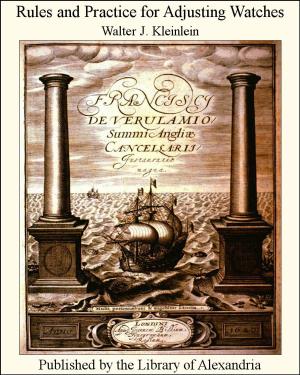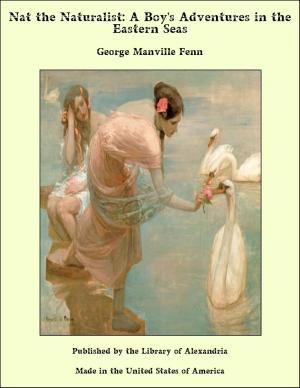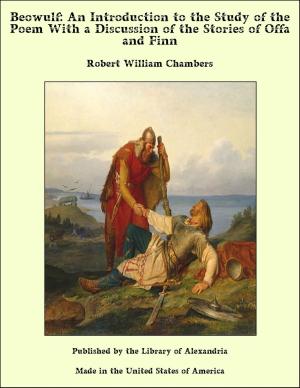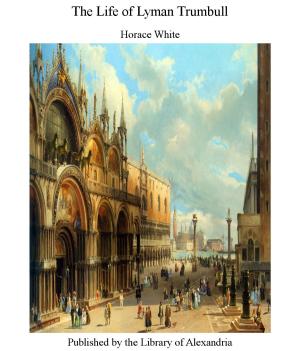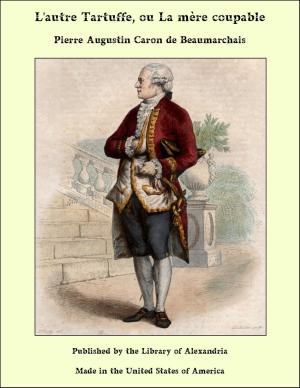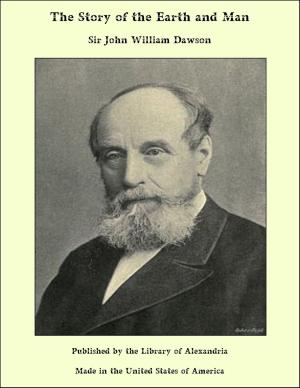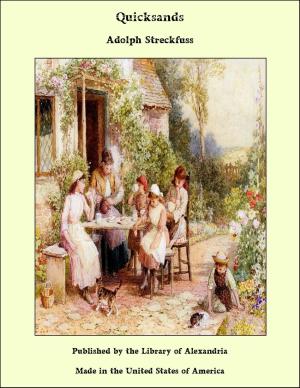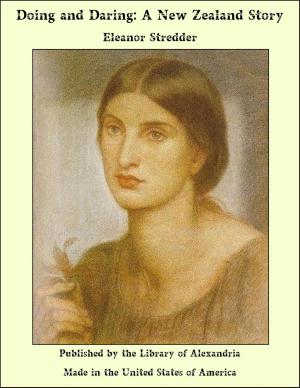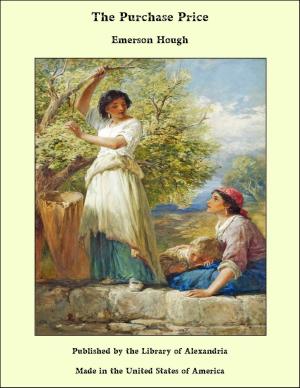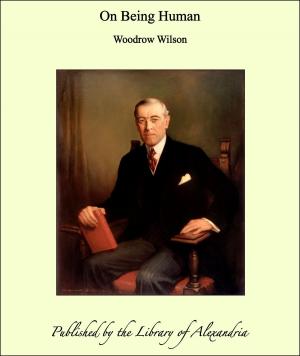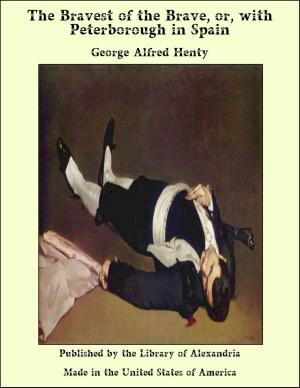| Author: | Luna May Innes | ISBN: | 9781465591517 |
| Publisher: | Library of Alexandria | Publication: | March 8, 2015 |
| Imprint: | Language: | English |
| Author: | Luna May Innes |
| ISBN: | 9781465591517 |
| Publisher: | Library of Alexandria |
| Publication: | March 8, 2015 |
| Imprint: | |
| Language: | English |
Far away in the African antipodes—at the extreme opposite side of the world from us—lies South Africa. Vast as is this British possession, it forms but the southernmost point or tip of the great dark continent. In its very heart lies the Transvaal—the home of our little Boer cousins. The great "thirst-veldt" of the Kalahari Desert lies to the north-west of their land, which is about the size of England, and with a very similar climate, and to the south, beyond the Drakensberg Mountains, lies Natal, Kaffraria and Zululand. The story of the Transvaal is the story of the Boers—a stalwart, patriotic and deeply religious race, whose history began one April day in 1652, about the time when Cromwell was at the height of his power, when four Dutch ships, under the daring Jan Van Riebek, entered the bay of Table Mountain and made their first landing at the Cape of Good Hope. We have all read of the splendid valor of the Boers. Their history is as full of romance as it is of pathos and struggle. Such names as "Oom Paul" Kruger—four times president—General Botha, and General Joubert, come to us at once when we think of the Transvaal. But there are other great names associated with this land; such remarkable ones as those of Livingstone the "Pathfinder," and "Messenger of God," as he was called; and of Cecil Rhodes, the "Empire Builder," whose dream it was to build the great north road—now nearing completion—which will stretch like a ribbon across the whole African continent from the Cape to the Mediterranean. Perhaps, in this little story, you may gain a glimpse of the surroundings, the wholesome out-of-door farm-life, work and play of our little Boer cousins—boys and girls of the antipodes, and of the bright future which awaits the Transvaal.
Far away in the African antipodes—at the extreme opposite side of the world from us—lies South Africa. Vast as is this British possession, it forms but the southernmost point or tip of the great dark continent. In its very heart lies the Transvaal—the home of our little Boer cousins. The great "thirst-veldt" of the Kalahari Desert lies to the north-west of their land, which is about the size of England, and with a very similar climate, and to the south, beyond the Drakensberg Mountains, lies Natal, Kaffraria and Zululand. The story of the Transvaal is the story of the Boers—a stalwart, patriotic and deeply religious race, whose history began one April day in 1652, about the time when Cromwell was at the height of his power, when four Dutch ships, under the daring Jan Van Riebek, entered the bay of Table Mountain and made their first landing at the Cape of Good Hope. We have all read of the splendid valor of the Boers. Their history is as full of romance as it is of pathos and struggle. Such names as "Oom Paul" Kruger—four times president—General Botha, and General Joubert, come to us at once when we think of the Transvaal. But there are other great names associated with this land; such remarkable ones as those of Livingstone the "Pathfinder," and "Messenger of God," as he was called; and of Cecil Rhodes, the "Empire Builder," whose dream it was to build the great north road—now nearing completion—which will stretch like a ribbon across the whole African continent from the Cape to the Mediterranean. Perhaps, in this little story, you may gain a glimpse of the surroundings, the wholesome out-of-door farm-life, work and play of our little Boer cousins—boys and girls of the antipodes, and of the bright future which awaits the Transvaal.


